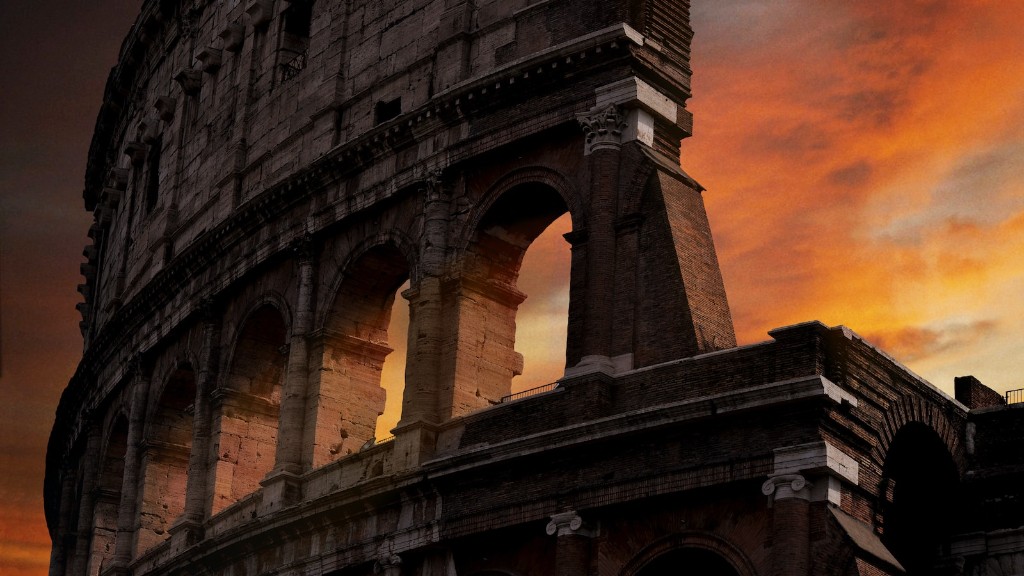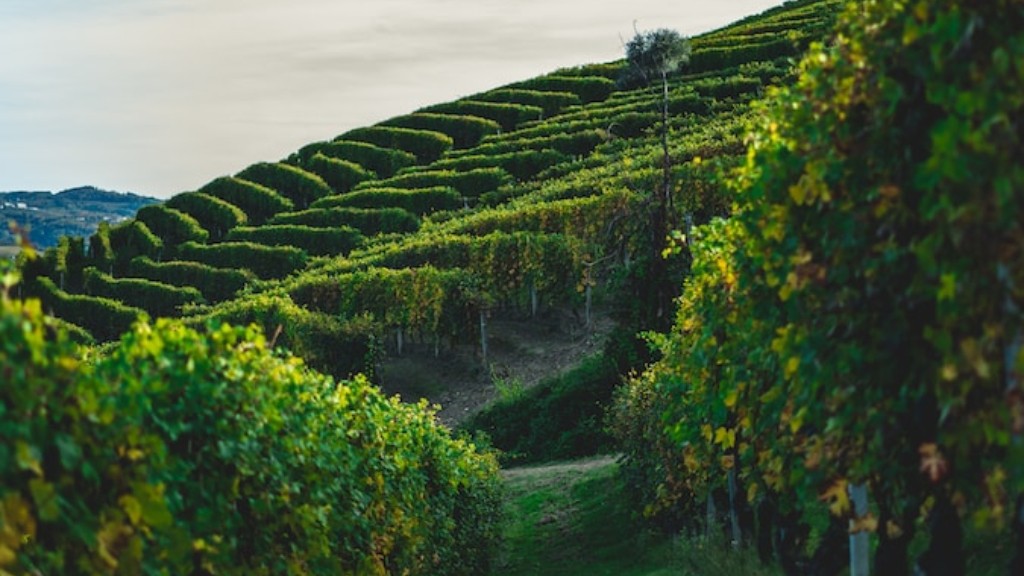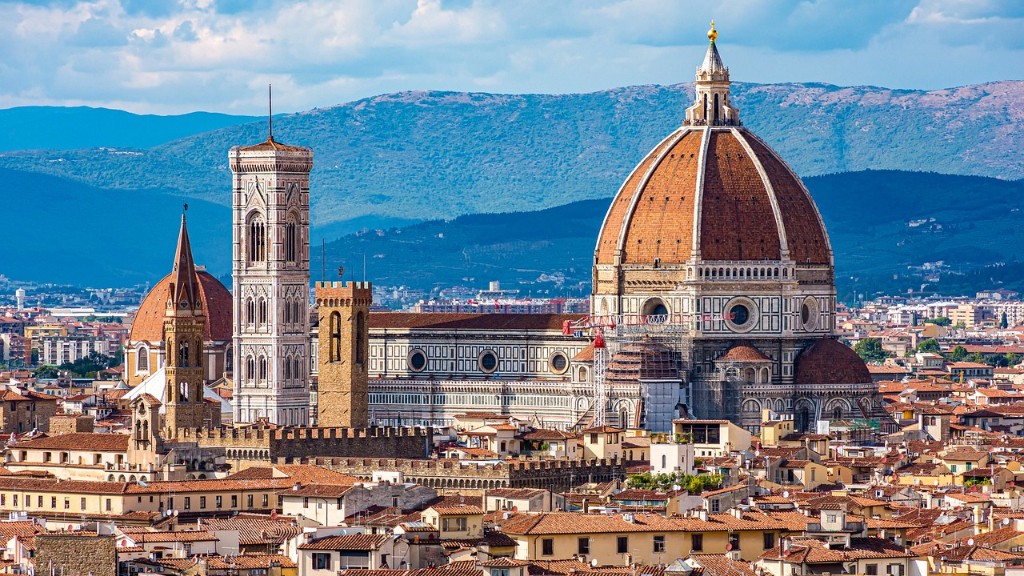What Italian City is the Setting of the Play?
When it comes to theater, the setting of a play plays a crucial role in bringing the story to life. From the enchanting romance of Verona in Romeo and Juliet to the bustling streets of Naples in Napoli Milionaria, Italian cities have served as breathtaking backgrounds for many theater productions. Italy, with its rich history, artistic heritage, and diverse landscapes, offers a plethora of cities that can transport the audience into different worlds.
One of the most famous Italian cities that has been featured in several plays is Venice. This unique city, known for its intricate canal system and magnificent architecture, is a popular choice for playwrights. Venice’s enchanting beauty serves as the perfect backdrop for stories of love, mystery, and intrigue. The city’s canals, gondolas, and historic landmarks create an unparalleled atmosphere that captures the hearts of both locals and visitors.
Florence, another iconic Italian city, is often portrayed in plays showcasing its rich Renaissance history. Known as the birthplace of the Renaissance, Florence is home to world-renowned architectural wonders and magnificent art collections. Plays set in Florence often explore the city’s artistic legacy, highlighting the works of famous artists such as Leonardo da Vinci and Michelangelo. The grandeur of Florence’s palaces, cathedrals, and museums provide a visually stunning backdrop for performances.
Rome, the eternal city, has also been featured in numerous plays. With its ancient ruins, majestic monuments, and vibrant street life, Rome offers a captivating setting for theatrical productions. Plays set in Rome often delve into the city’s fascinating history, bringing to life the stories of emperors, gladiators, and political intrigue. The Colosseum, the Roman Forum, and the Vatican City are just a few of the iconic landmarks that add depth and authenticity to the performances.
Another Italian city worth mentioning is Verona. This city is synonymous with romance, thanks to its association with Shakespeare’s Romeo and Juliet. Verona’s medieval architecture, charming squares, and, of course, the legendary balcony of Juliet’s house, make it an ideal setting for plays exploring themes of love and tragedy. Verona has become a pilgrimage site for theater enthusiasts who want to experience the magic of the timeless tale.
When discussing Italian cities as settings for plays, it is important to highlight Milan as well. Known as the fashion capital of Italy, Milan offers a modern and cosmopolitan backdrop for contemporary plays. The city’s sleek skyscrapers, designer boutiques, and vibrant nightlife create a stark contrast to the traditional settings of other Italian cities. Milan is often portrayed as a city of ambition, power, and glamour, serving as an interesting setting for dramas depicting the modern human experience.
In conclusion, the choice of an Italian city as the setting of a play can greatly enhance the overall theatrical experience. Whether it is the intricate canals of Venice, the artistic wonders of Florence, the historical depth of Rome, the romanticism of Verona, or the modernity of Milan, each city brings its own unique charm and narrative possibilities. The captivating backdrops of these cities, combined with talented actors and compelling stories, transport the audience to a world of emotions and make the theatrical experience truly unforgettable.
Florence – The Renaissance Splendor
Florence, the capital city of Tuscany, is widely regarded as the birthplace of the Renaissance. This period of cultural and artistic blossoming in the 14th to 17th centuries left an indelible mark on the city, making it a treasure trove of artistic wonders. Here are some key insights into Florence’s significance as a backdrop for theatrical productions:
- Florence’s historic center, a UNESCO World Heritage Site, is home to iconic landmarks such as the Cathedral of Santa Maria del Fiore, the Uffizi Gallery, and the Ponte Vecchio. These architectural marvels add a sense of grandeur and authenticity to plays set in Florence.
- The Medici family, one of the most influential families during the Renaissance, played a pivotal role in shaping Florence’s artistic heritage. Their patronage of artists and architects resulted in the creation of extraordinary works of art, many of which can still be admired in the city’s museums and churches.
- The main square of Florence, Piazza della Signoria, is not only a bustling hub but also a historical site that witnessed significant events throughout history. The square’s open-air sculptures, including a replica of Michelangelo’s David, contribute to the theatrical atmosphere.
- Florence’s annual Maggio Musicale Fiorentino festival draws artists and performers from around the world, showcasing a diverse range of theatrical productions, including opera, theater, and ballet. The festival continues to celebrate Florence’s artistic legacy and serves as a testament to its enduring cultural significance.
- The city’s picturesque landscapes, including the rolling hills of Tuscany and the nearby Chianti wine region, provide a stunning backdrop for outdoor performances, immersing the audience in the natural beauty that inspired countless artists and poets.
Rome – A Tapestry of History
Rome, the capital city of Italy, is a living testament to the past. With over 2,500 years of history, Rome offers a rich tapestry of stories and characters that have influenced the world. Let’s explore Rome’s role as a captivating setting for theatrical productions:
- The Colosseum, one of Rome’s most iconic landmarks, evokes images of gladiators fighting for their lives and emperors spectating from the grandstands. Plays set in ancient Rome often delve into the world of gladiatorial combat, exploring themes of power, honor, and survival.
- The Roman Forum, once the epicenter of political and social life, provides a glimpse into the city’s vibrant past. The ruins of temples, basilicas, and triumphal arches serve as a powerful backdrop for plays exploring the intricacies of Roman society and the machinations of political intrigue.
- The Vatican City, an independent city-state within Rome, is a place of pilgrimage for millions of people worldwide. Plays set in the Vatican often delve into themes of faith, morality, and the clash between secular and religious powers.
- Rome’s vibrant street life, characterized by its piazzas, cafes, and bustling markets, adds a touch of authenticity to plays set in modern-day Rome. The juxtaposition of ancient and contemporary elements creates an interesting dynamic, symbolizing the city’s ability to blend its rich history with modern influences.
- Rome’s proximity to the picturesque regions of Lazio and Umbria offers an opportunity for outdoor performances in breathtaking locations such as Lake Bracciano and the town of Todi. The natural beauty of these surroundings adds depth and texture to the theatrical experience.
Verona – The City of Love and Tragedy
Verona, located in the northeastern region of Veneto, is renowned for being the setting of Shakespeare’s tragic love story, Romeo and Juliet. This romantic city captures the imagination of theater enthusiasts worldwide. Here are some insights into Verona’s enchanting qualities as a theatrical backdrop:
- Verona’s historic center, a UNESCO World Heritage Site, is a labyrinth of narrow streets, charming squares, and well-preserved medieval buildings that transport visitors back in time. The city’s architecture, characterized by its Gothic and Renaissance elements, adds a touch of romanticism and nostalgia to plays set in Verona.
- The alleged house of Juliet, complete with a balcony, has become an iconic symbol of love and devotion. It attracts countless visitors who seek to recreate the timeless romance depicted in the play. The balcony scene from Romeo and Juliet is often recreated in theatrical productions, adding a layer of emotional intensity.
- The annual Arena di Verona Opera Festival, held in the city’s ancient amphitheater, draws opera lovers from around the world. This open-air venue, built during the 1st century AD, provides a unique setting for performances and creates an unforgettable experience for both artists and spectators.
- Verona’s picturesque location, nestled between the Adige River and the surrounding hills, offers breathtaking natural views that can enhance the emotional impact of plays. From the banks of the river to the panoramic viewpoints, Verona’s landscapes contribute to the overall atmosphere of the performance.
Venice – The Floating City of Intrigue
Venice, located in the Veneto region, is famous for its canals, gondolas, and magnificent architecture. This unique city, with its myriad of waterways and narrow streets, has inspired countless plays that explore themes of love, mystery, and intrigue. Here are key insights into Venice’s allure as a theatrical setting:
- The Grand Canal, Venice’s main waterway, is lined with palaces, churches, and historic buildings that reflect the city’s past as a powerful maritime republic. This iconic setting has been featured in various plays, providing a sense of grandeur and opulence.
- The Venetian masks, worn during the annual Carnival, have become synonymous with the city’s history of disguises and hidden identities. Plays set in Venice often revolve around themes of deception, mistaken identities, and secret affairs.
- Venice’s labyrinthine alleyways and charming bridges create a sense of mystery and adventure. The city’s unique topography adds an element of suspense to theatrical productions, as characters navigate the intricate streets in pursuit of their goals.
- The renowned Teatro La Fenice, Venice’s main opera house, has showcased world-class performances since its opening in 1792. Plays set in Venice often draw inspiration from the city’s vibrant cultural scene and the enchanting artistry that emanates from La Fenice.
- Venice’s surrounding islands, such as Murano and Burano, offer an opportunity for performances in unconventional locations. The deserted palaces, picturesque squares, and colorful houses contribute to the overall atmosphere of the play, transporting the audience to a unique Venetian experience.
Milan – Where Tradition Meets Modernity
Milan, the fashion capital of Italy and the capital city of Lombardy, is known for its modernity and cosmopolitan way of life. This vibrant city offers a unique backdrop for contemporary plays that explore the complexities of human existence. Let’s delve into Milan’s role as a theatrical setting:
- The iconic Milan Cathedral, also known as the Duomo, is one of the largest Gothic cathedrals in the world. Its intricate architecture and imposing presence make it a dramatic backdrop for plays that delve into themes of spirituality, human nature, and the eternal quest for meaning.
- The Galleria Vittorio Emanuele II, a 19th-century shopping mall, is a symbol of Milan’s elegance and sophistication. Plays set in Milan often explore the themes of materialism, ambition, and the pursuit of success in a rapidly changing world.
- Milan’s modern skyline, characterized by its sleek skyscrapers, such as the Pirelli Tower and the Unicredit Tower, offers a contrast to the traditional settings of other Italian cities. This juxtaposition of old and new reflects Milan’s ability to reinvent itself while preserving its historical identity.
- The Teatro alla Scala, one of the most prestigious opera houses in the world, has hosted legendary performances by renowned artists since its inauguration in 1778. Plays set in Milan often draw inspiration from the city’s operatic traditions, combining music and drama to create a multisensory experience.
- The city’s vibrant nightlife, with its trendy bars, clubs, and cultural events, contributes to the contemporary atmosphere of plays set in Milan. Exploring themes of love, identity, and self-discovery, these performances capture the essence of modern city life.



